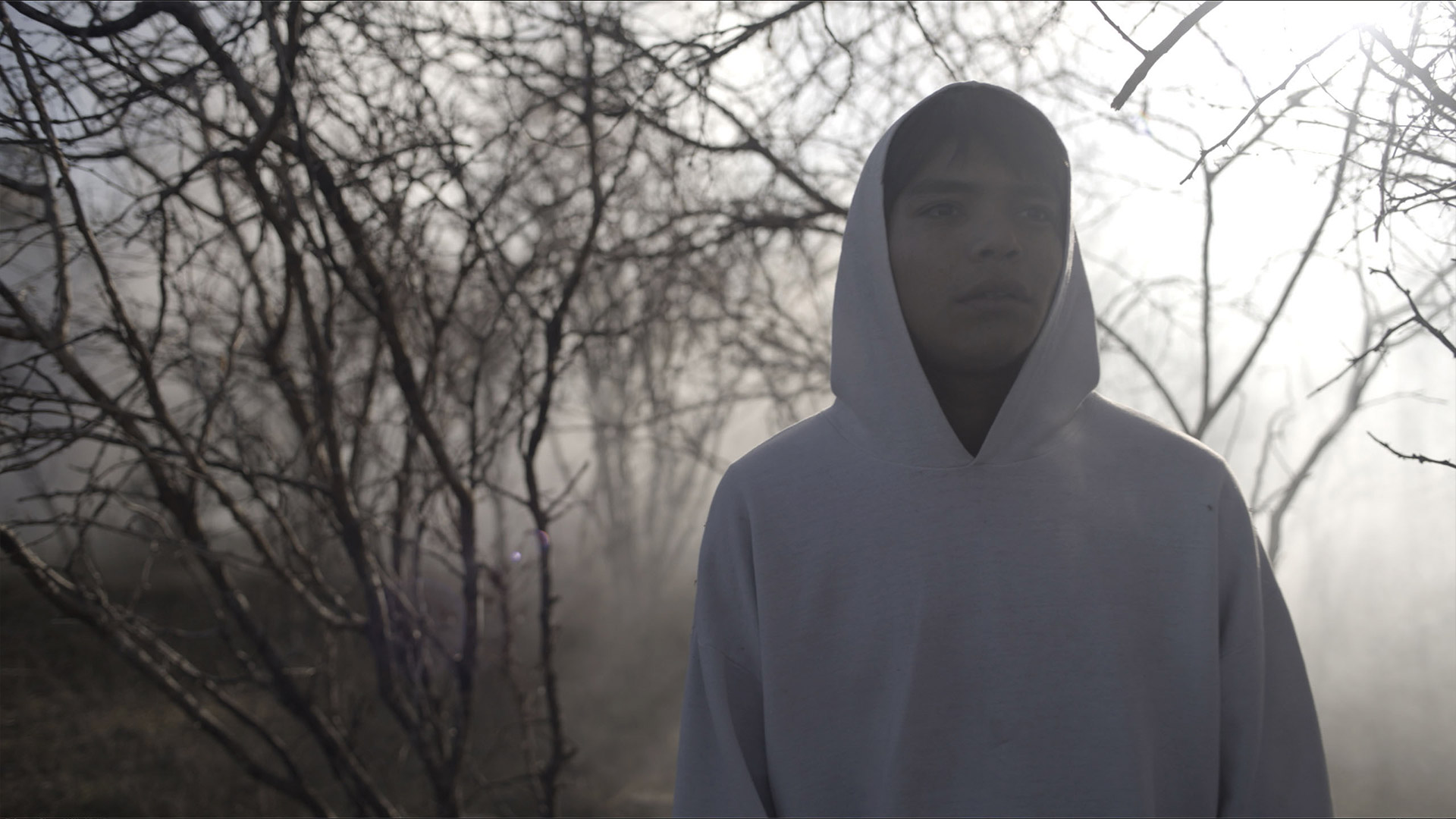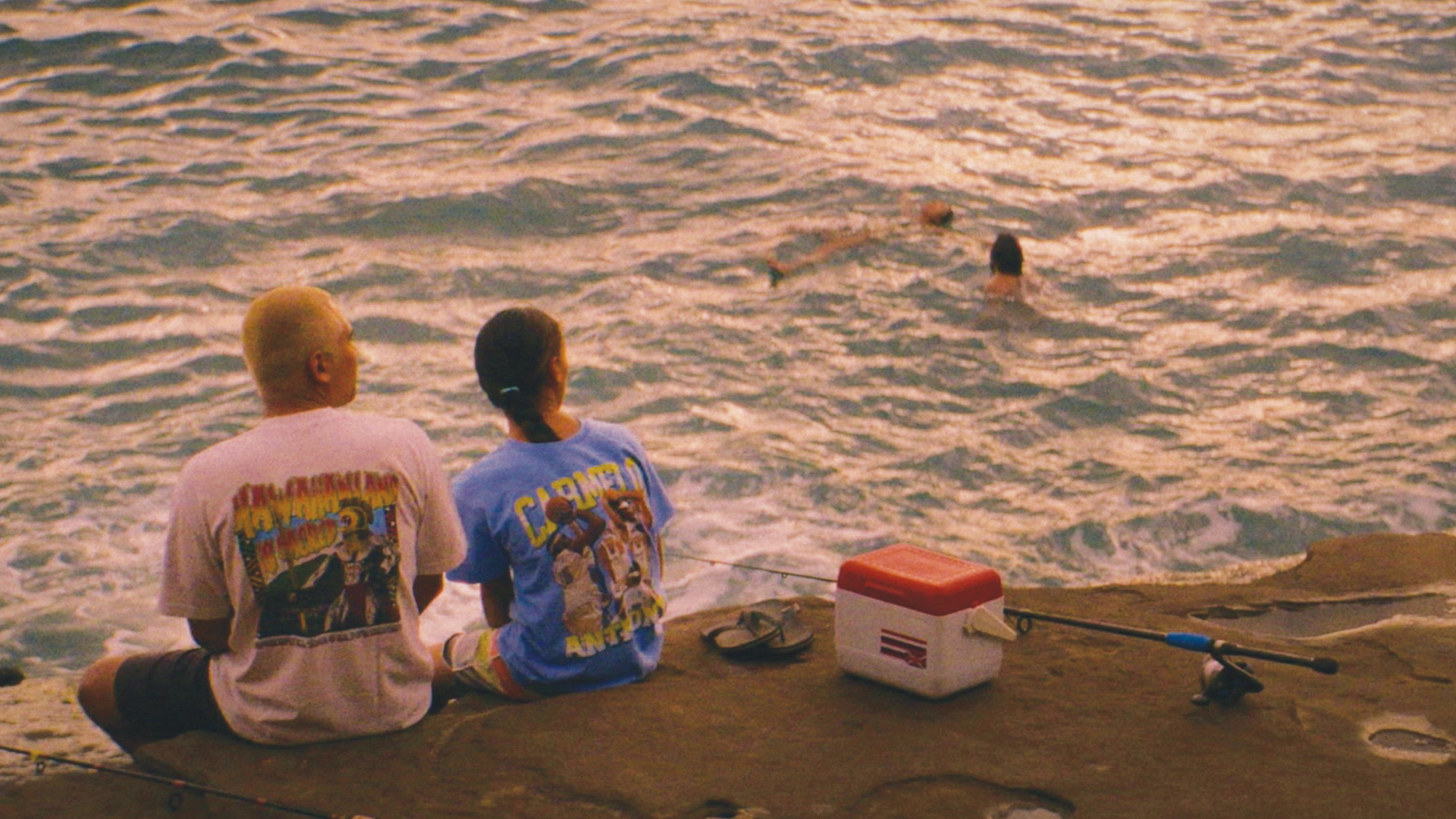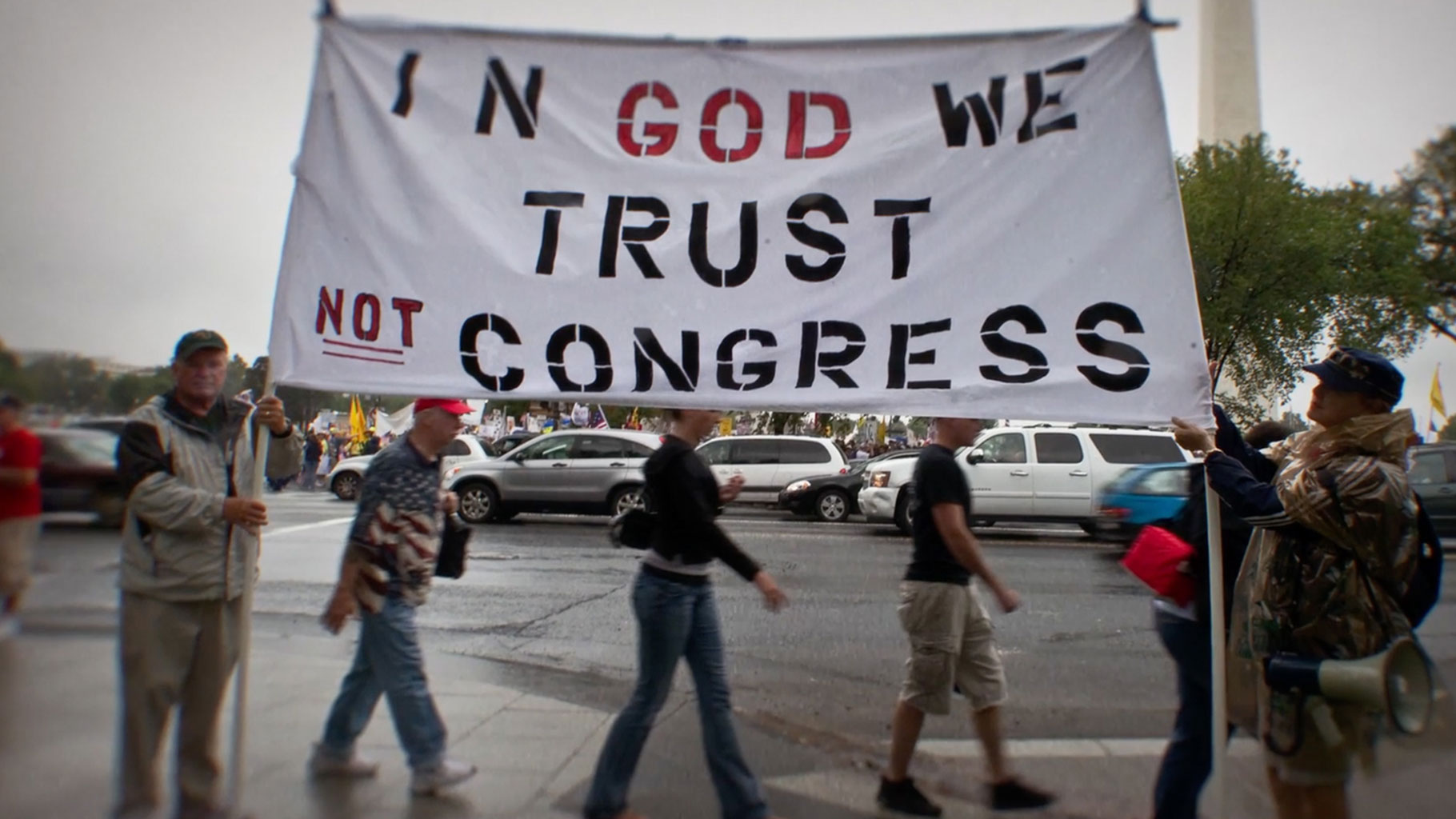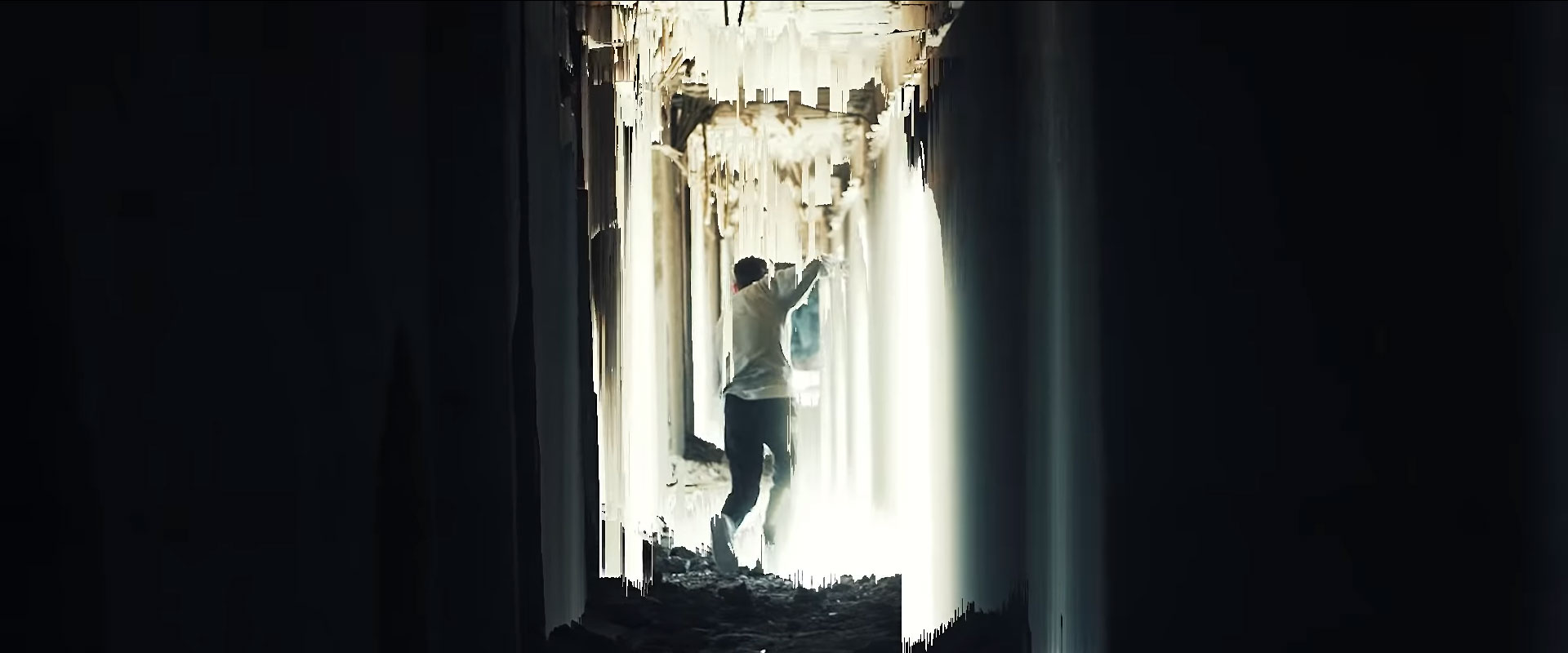
Grandbrothers – “All the Unknown” Music Video
Can you talk a bit about the themes you were hoping to explore when you embarked on this cinematic journey together and how those tie in with the themes of the record?
Grandbrothers (Musician):
After [director] Manfred [Borsch] convinced us that he was the right guy for this project with his pitch, we talked about the things that we, from a musical point of view, thought were important to have in this video. We could tell Manfred what the idea behind the song and the general mood and atmosphere was about, and he always understood directly and could come up with pictures and settings that he would implement them in. The song has a melancholic and melodramatic touch, yet being straight forward and very energetic. We wanted these emotions pictured by a single person who goes through these different states and were completely open for the setting this person would to be seen in. Manfred always kept us in the loop, sending us new drafts and when we saw the first pictures he sent us from the shooting, we knew that this would turn out to be absolutely amazing.
How and why did you choose the specific architectural spaces and landscapes that you did?
Manfred Borsch (Director):
Together, we first developed the idea of waiting; that was what we all felt when listening to the track. This apparent helpless dependence on time or the non-occurring change from the outside. To transfer this distress to our protagonist (played by Cedric Sprick), we staged him in a small closed room — a symbol of protection and prison at the same time. In contrast, the protagonist’s inner world emerges, into which he plunges and in which he searches for answers. So we needed the opposite of the closed space, and we found the frightening and at the same time beautiful lava landscapes of Lanzarote.
The abandoned building, in which the final scene takes place, can symbolically be seen as the “inner house;” each room holds an experience, a remembrance, all that have shaped our protagonist’s life up to the present.
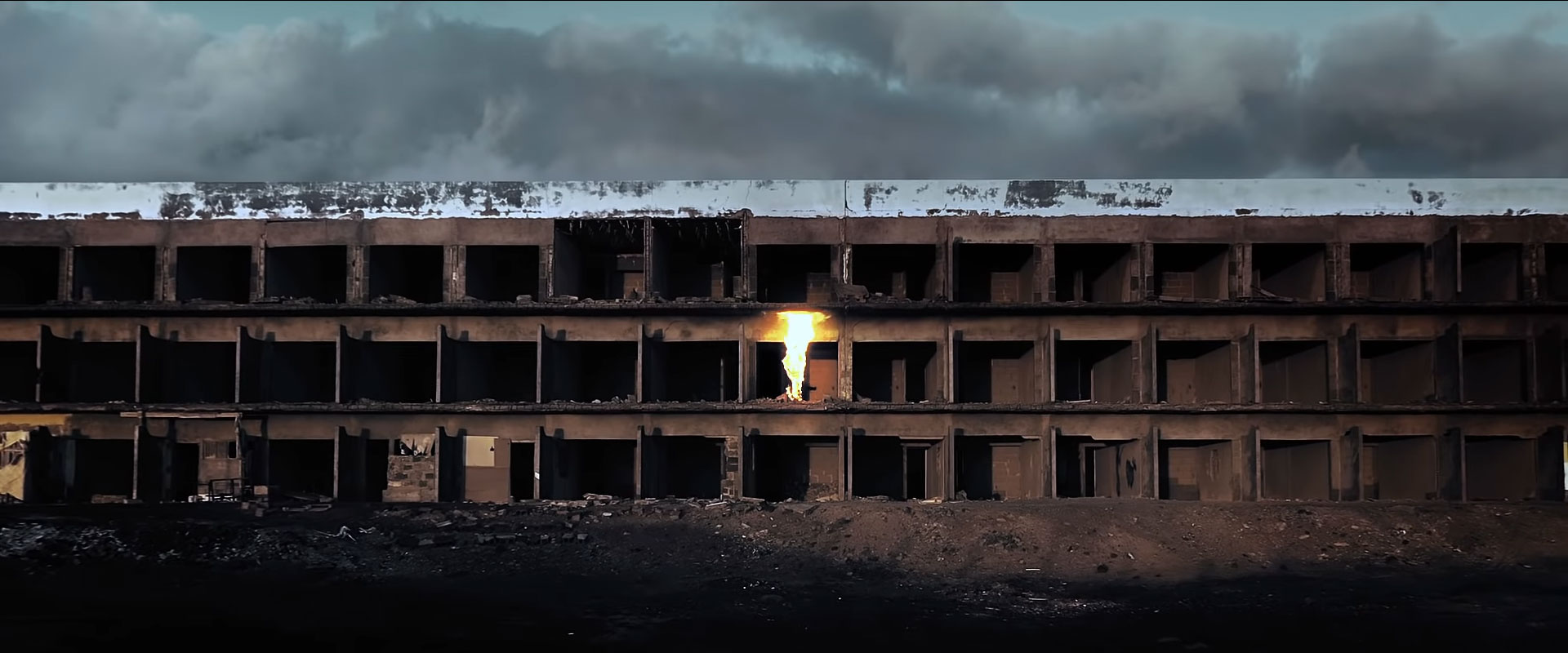
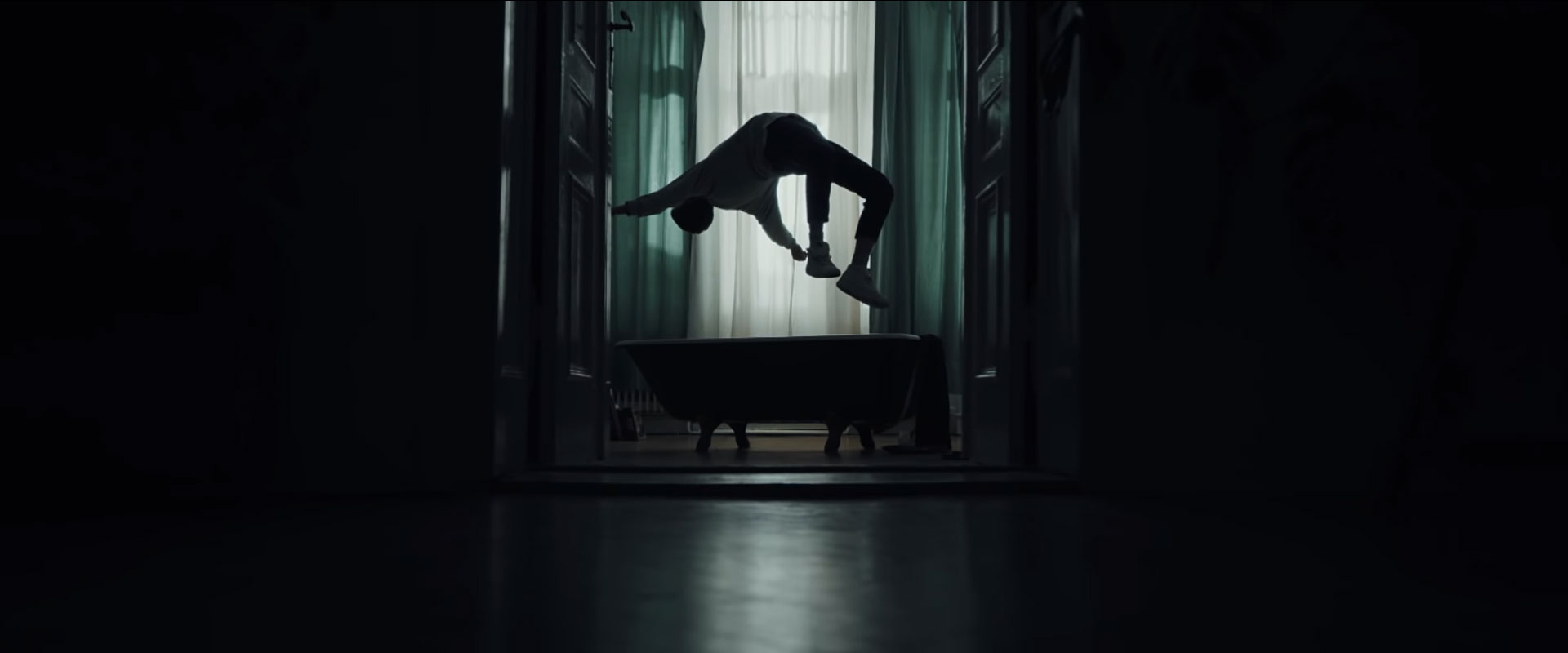
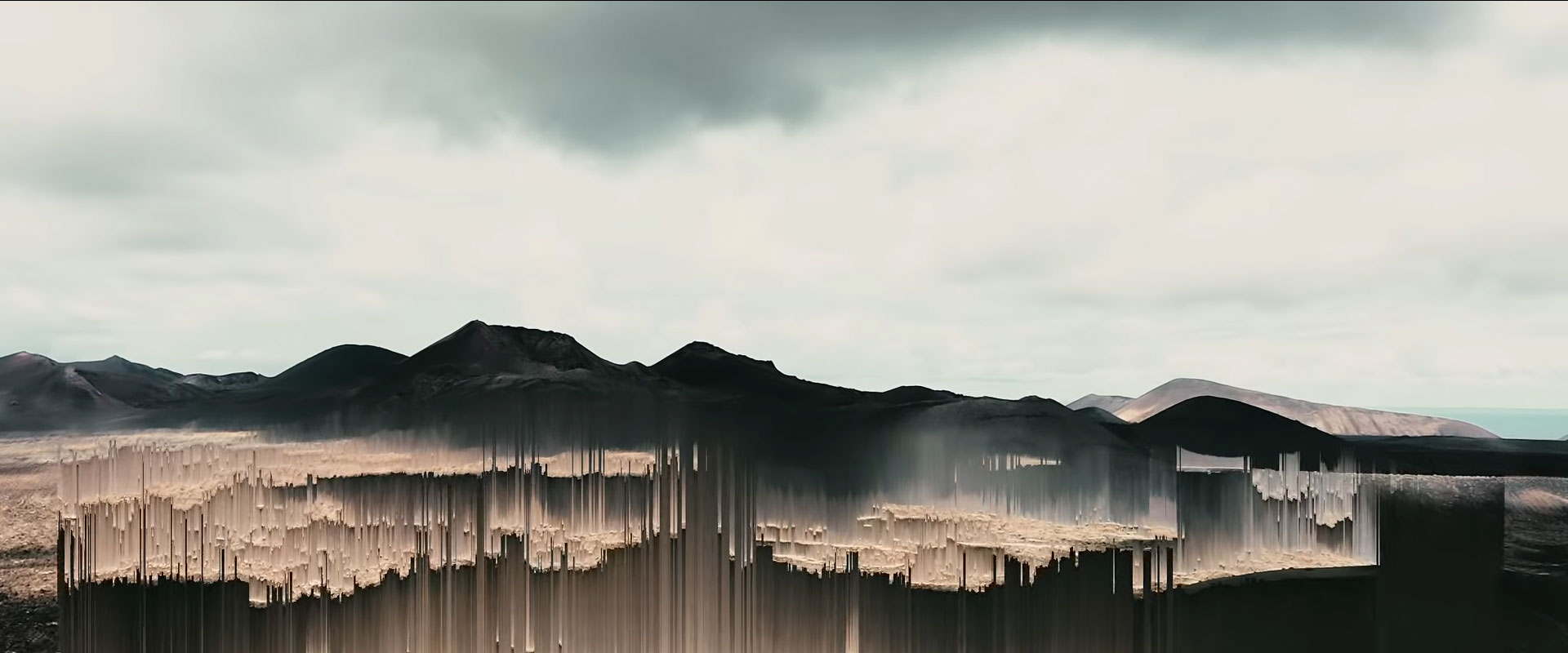
What did you shoot on and why did you choose the aspect ratio that you did? How, if at all, have COVID-19 and most people’s viewing practices outside of cinema shift your initial intentions with how you filmed the piece?
Manfred Borsch (Director):
We shot on RED Helium and for the aerial shots, we used the Mavic Pro 2. Since we first shot the scenes in an apartment in Berlin, we assumed that we would finally play out at an aspect ratio of 16: 9 or even 3:4. In my opinion, these formats foster attention to the protagonist while showing less of the surroundings. However, when we saw the first pictures on-site in Lanzarote, it quickly became clear that we would need a much wider format to archive this infinite space. In the end, we decided that the protagonist’s being lost in the inexplicable world is more important to us than the oppressive feeling in his room.
Of course, like all of our colleagues in the industry, we had and still have to struggle with COVID. But that was more about the production and less about the artistic approach. But the fear that nobody from the team gets sick, whether and if so under what conditions a shoot can take place and which quarantine periods the travel may entail, increases the production stress immensely.
The blend of the analog and digital is central throughout this work. How did you conceptualize the effects that were employed, and what techniques did you employ in the production or post-production process to heighten that process?
Manfred Borsch (Director):
In this music video, there is less contradiction between the analog and digitally created images. Rather, we wanted to play with the idea of images in general. The aspect of the inner images that our protagonist explores was particularly exciting and as many people know who have obeyed within themselves, these images are seldom seen clearly. To visualize this, we used data-moshing, i.e. the defacing of the digitally produced image in the digital code. In addition to the targeted data corruption of the hex code, we used a pixel sorting effect, as this also enabled accentuations that are adapted to the music to be achieved.
Within the frames of the music video, analog and digital are sometimes so indistinguishable that they require a double-take or closer look to pick apart. Huge question, but what are you feelings as to the merging of technology and humanity as we move forward, both in general and in terms of the future of artistic presentation and practice? What excites you or frightens you?
Manfred Borsch (Director):
Manfred: As already described, I would not draw any distinction between a non-digital and a digital image. Especially since everything was generated digitally here. To me, it is much more important to see the meaning of the picture itself. And I think I can transfer that to the relationship between human and machine as well. Technology is developing rapidly and I’m excited to see what possibilities this opens up — for ourselves but also for our artistic approach. I just think that we shouldn’t let this be taken out of our hands, that we all should get more familiar with terms of digitization and machine learning to design this process democratically.
Is there anything else you would like to add about the processes of working together or the music video?
Grandbrothers (Musician):
We’ve known Manfred for over 12 years know. We studied together, and it’s always cool to keep these friendships alive and especially work together and benefit from each other years later. He approached us about two or three years ago, wanting to make a documentary film about us and our work.
So he was and still is our go to video guy anyways and accompanied us with his camera at some concerts in 2019 and the only two concerts we played in 2020 in Paris. And we think this really helped with the collaboration for the video to “All The Unknown,” because he was already pretty much into the music and our concept. The documentary that we did together will see the light of day very soon, so there’s another overwhelming piece of art by Manfred to watch also.
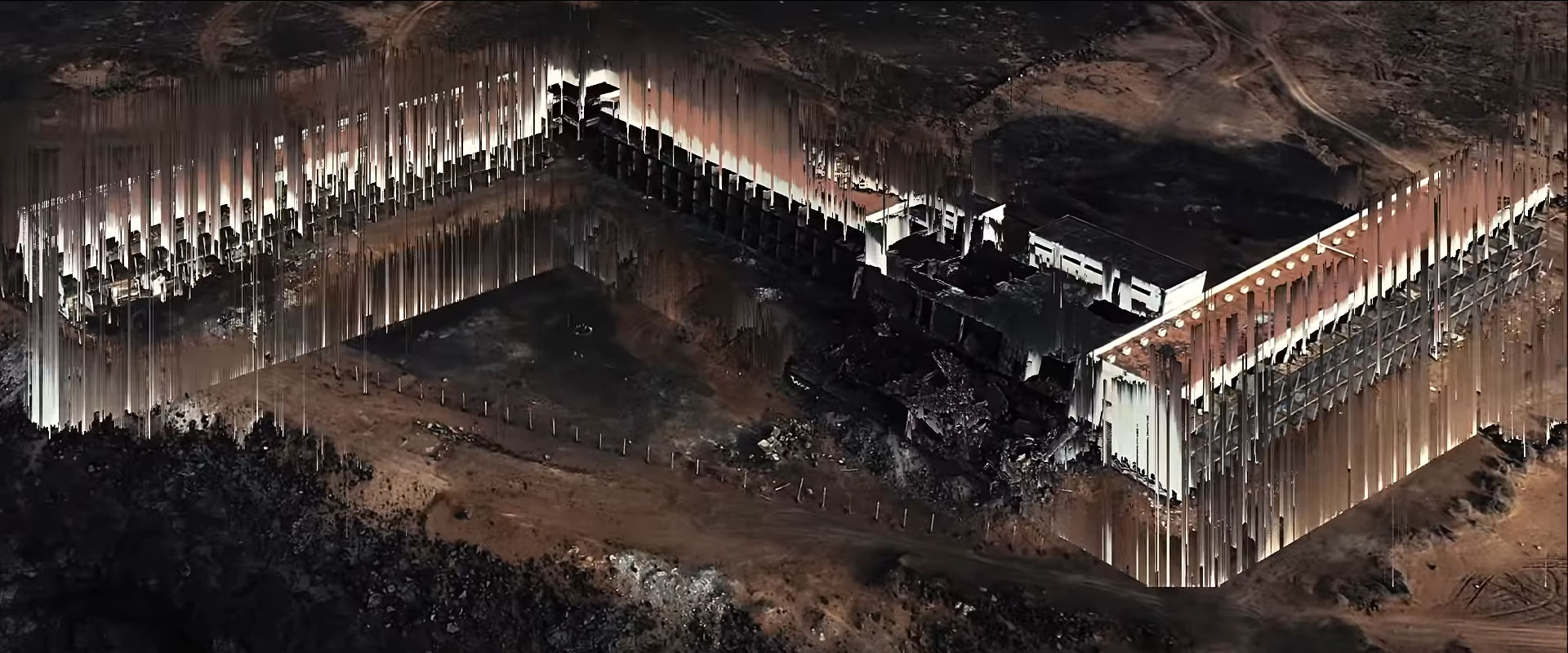
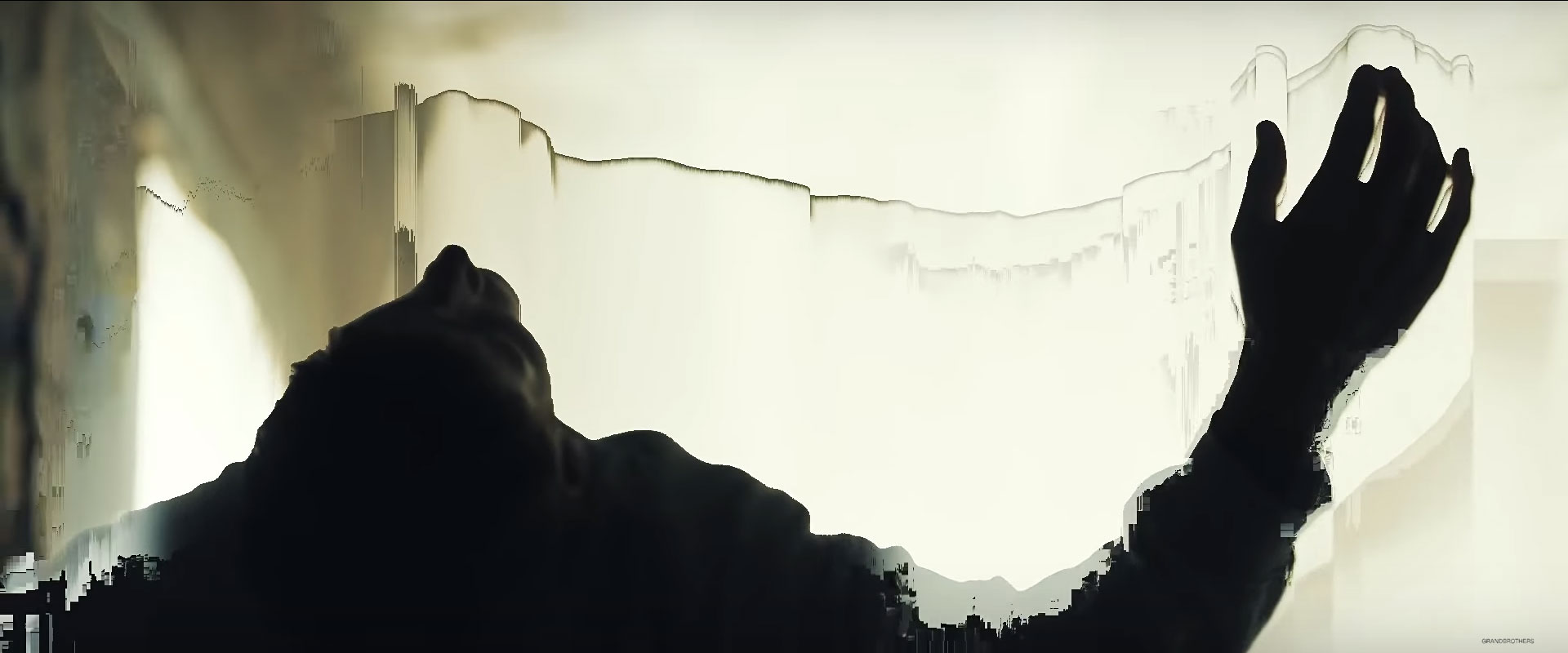
Grandbrothers – “What We See” (Anatomy of a Song)
Ω

